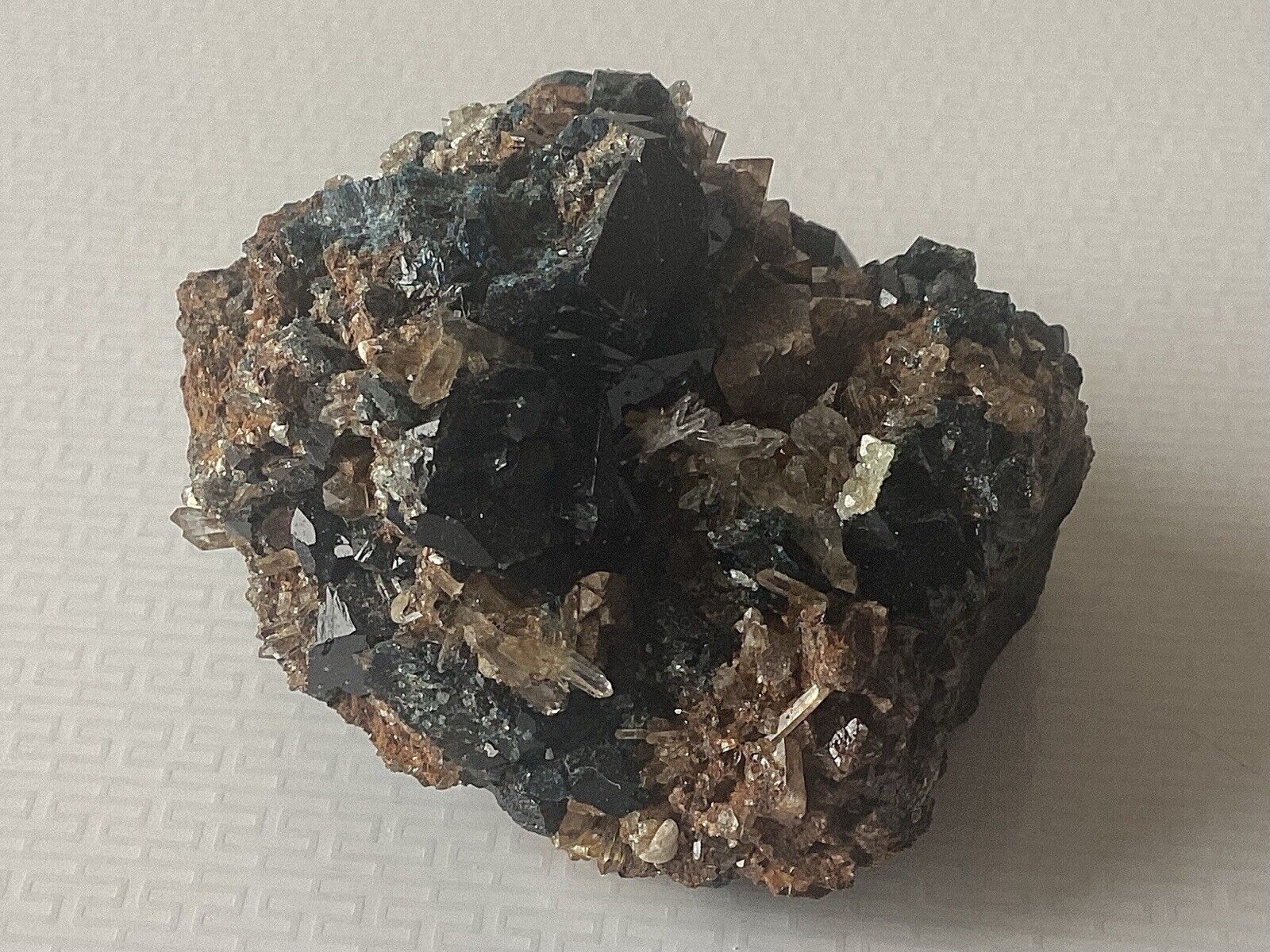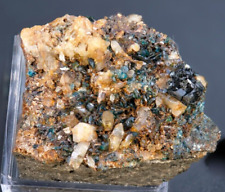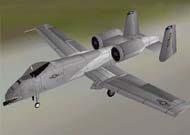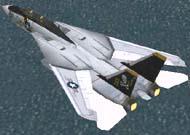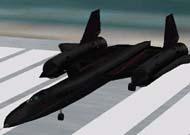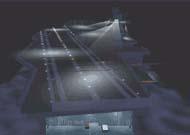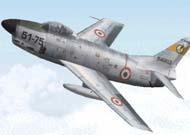When you click on links to various merchants on this site and make a purchase, this can result in this site earning a commission. Affiliate programs and affiliations include, but are not limited to, the eBay Partner Network.
A fairly rich specimen comprising azure-blue lazulite with brown siderite and colourless quartz crystals. From Rapid Creek, Dawson mining district, Yukon, Canada, it measures 47x40x35 mm and weighs 76 g.
Please note: this particular item is small and is classed as a small miniature-sized specimen (3-4.5 cm).
The locality surrounding Rapid Creek is composed of Late Cretaceous shales and sideritic ironstones displaying considerable folding and faulting, with phosphate mineralisation in fractures. During the summer of 1959 a geologist working for Triad Oil Company collected a few blue, water-worn, mineral chips while conducting an oil exploration programme in the Blow River area of northeastern Yukon. Researchers identified the beautiful, azure-blue mineral as lazulite, a very rare magnesium aluminium hydrous phosphate. Fifteen years after this, a prospector searching for iron stumbled onto the lazulite source along Rapid Creek.
Lazulite (a phosphate) is a rare blue, phosphate mineral containing magnesium, iron, and aluminium phosphate. It forms one end-member (and is the magnesium analogue) of a solid solution series with the darker iron-rich scorzalite. Lazulite crystallises in the monoclinic system and can be azure-blue, sky-blue, bluish white, yellow-green, blue-green, but rarely green. Transparent to translucent to nearly opaque with a vitreous lustre, it forms as tabular, acute to stubby bi-pyramidal or wedge-shaped crystals; granular, massive. Lazulite is infusible and insoluble and forms by high grade metamorphism of high silica quartz rich rocks and in pegmatites. It occurs in association with quartz, andalusite, rutile, kyanite, corundum, muscovite, pyrophyllite, dumortierite, wagnerite, svanbergite and berlinite in metamorphic terrains; and with albite, quartz, muscovite, tourmaline and beryl in pegmatites. It may sometimes be confused with lazurite, lapis lazuli or azurite. Lazulite was first described in 1795 for deposits in Styria, Austria. Its name comes from the German ‘lazurstein’ for blue stone, or from the Arabic word for heaven. Mohs hardness 5.5-6.
Siderite (a carbonate) is a mineral composed of iron(II) carbonate (FeCO3). It takes its name from the Greek word σίδηρος ‘sideros’, iron. It is a valuable iron mineral, since it is 48% iron and contains no sulphur or phosphorus. Zinc, magnesium and manganese commonly substitute for the iron resulting in the siderite-smithsonite, siderite-magnesite and siderite-rhodochrosite solid solution series. The colour of siderite is pale yellow to tannish, grey, brown, green, red, black (due to manganese) and sometimes nearly colourless. It forms tabular crystals, often curved - botryoidal to massive. Siderite is commonly found in hydrothermal veins, and is associated with baryte, fluorite, galena, and others. It is also a common diagenetic mineral in shales and sandstones, where it sometimes forms concretions, which can encase three-dimensionally preserved fossils. In sedimentary rocks, siderite commonly forms at shallow burial depths and its elemental composition is often related to the depositional environment of the enclosing sediments. In addition, a number of recent studies have used the oxygen isotopic composition of sphaerosiderite (a type associated with soils) as a proxy for the isotopic composition of meteoric water shortly after deposition. Although spathic (carbonate) iron ores, such as siderite, have been economically important for steel production, they are far from ideal as an ore. Their hydrothermal mineralisation tends to form them as small ore lenses, often following steeply dipping bedding planes. This makes them not amenable to opencast working, and increases the cost of working them by mining with horizontal stopes. As the individual ore bodies are small, it may also be necessary to duplicate or relocate the pit head machinery, winding engine and pumping engine, between these bodies as each is worked out. This makes mining the ore an expensive proposition compared to typical ironstone or haematite opencasts. The recovered ore also has drawbacks. The carbonate ore is more difficult to smelt than a haematite or other oxide ore. Driving off the carbonate as carbon dioxide requires more energy and so the ore 'kills' the blast furnace if added directly. Instead the ore must be given a preliminary roasting step. Mohs hardness 3.75-4.25.
Quartz (a tectosilicate) composed of silicon and oxygen (silicon dioxide), is the second most abundant mineral in Earth's continental crust, behind feldspar. There are many different varieties of quartz, several of which are semi-precious gemstones, and since antiquity varieties of quartz have been the most commonly used minerals in the making of jewellery. The word quartz is derived from the German word ‘quarz’, which had the same form in the first half of the 14th century in Middle High German and in East Central German and which came from the Polish dialect term ‘kwardy’, which corresponds to the Czech term ‘tvrdý’ (hard). The Ancient Greeks referred to quartz as κρύσταλλος (‘krustallos’) derived from the Ancient Greek κρύος (‘kruos’) meaning icy cold, because some philosophers (including Theophrastus, successor to Aristotle in the Peripatetic school) apparently believed the mineral to be a form of supercooled ice. Today, the term rock crystal is sometimes used as an alternative name for the purest form of quartz. Mohs hardness 7.


